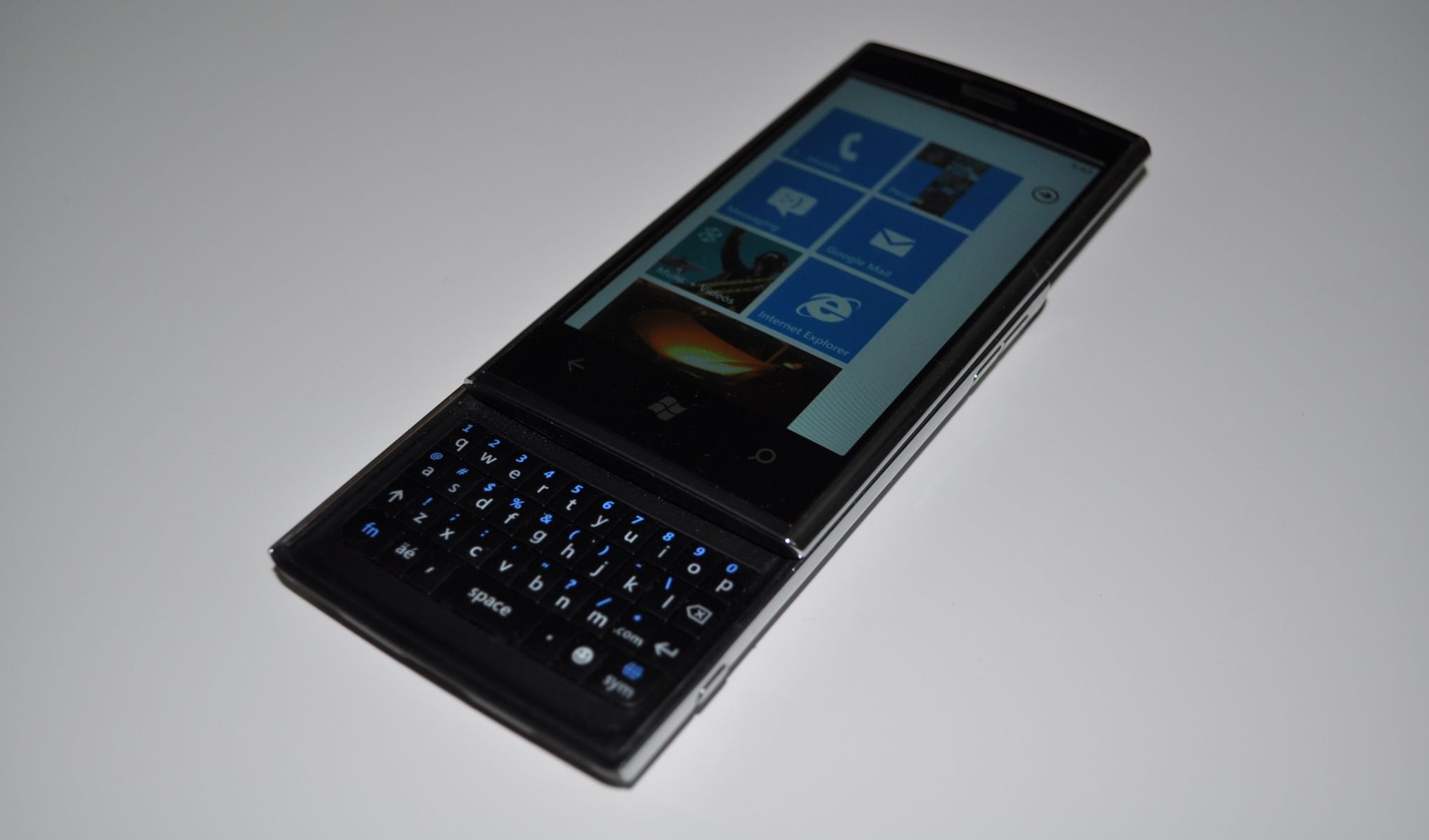
Early Days of Dell's Android Venture
Dell's entry into the Android smartphone market began with the introduction of the Dell Streak in 2010. The Streak was marketed as a 5-inch Android smartphone/tablet hybrid, aiming to bridge the gap between traditional smartphones and larger tablets. This device was one of the first to challenge the conventional norms of what a smartphone should be, offering a larger screen size that was both portable and functional.
Dell Streak 5
- Powered by a 1 GHz Qualcomm Snapdragon processor
- 512 MB of RAM
- Ran on Android 1.6 (Donut) out of the box
- 5-inch WVGA capacitive touchscreen display
- Supported both Wi-Fi and 3G connectivity
- Included a 5-megapixel camera
- MicroSD card slot for expandable storage
While the Streak 5 was innovative for its time, it received mixed reviews from users and critics alike. Some praised its large screen size and portability, but others found it too small to perform serious tasks and criticized its poor graphics performance, which was attributed to the Adreno 200 GPU.
Evolution of Dell's Android Lineup
Following the launch of the Streak 5, Dell continued to refine its Android offerings. The Dell Streak Pro D43 was another notable device in this lineup, which was released in 2011. This device boasted a larger 7-inch display and improved specifications compared to its predecessor.
Dell Streak Pro D43
- Powered by a 1 GHz Qualcomm Snapdragon processor
- 512 MB of RAM
- Ran on Android 2.3 (Gingerbread)
- 7-inch display
- 5-megapixel camera
- Supported both Wi-Fi and 3G connectivity
However, one of the major drawbacks of the Streak Pro D43 was its firmware, which remained stuck at Gingerbread unless users opted to root it and install custom firmware. This limitation was a significant drawback for many users who were eager to experience the latest Android updates and features.
User Reviews and Feedback
User reviews play a crucial role in understanding the performance and usability of any device. The Dell Streak series has garnered a mix of positive and negative feedback from users.
Battery Life
One common complaint about the Dell Streak series is its battery life. Many users have reported that the battery does not last long, especially when used extensively for tasks like browsing or gaming. For instance, one user mentioned that the battery life isn't great but noted that it suffices for their usage patterns, which typically involve surfing for less than three hours.
Screen Resolution
Another aspect that has received some criticism is the screen resolution. While some users have noted that it's not a huge deal, others have expressed dissatisfaction with the display quality. The Streak's WVGA (800×480 pixels) resolution was considered subpar compared to higher-resolution displays available in other devices at the time.
Performance
Performance has also been a point of contention for some users. The Adreno 200 GPU, which powers many Dell Streak models, has been criticized for its poor graphics performance. This limitation makes it less suitable for demanding applications like gaming or video editing.
Recent Developments in Android Market
The Android market has evolved significantly since Dell's initial foray into it. Today, Android devices range from budget-friendly options to high-end flagships, each offering unique features and functionalities.
TCL's Latest Android Phones
In recent news, TCL has announced two new Android phones that look fantastic according to Digital Trends. These devices boast peak brightness figures reaching a respectable 650 nits and feature fingerprint-resistant coatings applied over their paper-like screens. These advancements highlight the continuous improvement in display technology and user experience.
Final Thoughts
Dell's entry into the Android smartphone market was marked by innovative devices like the Dell Streak series. While these devices offered unique features such as larger screen sizes and hybrid form factors, they also faced challenges related to battery life, screen resolution, and performance.
Despite these limitations, Dell's commitment to refining its Android offerings is evident. The company's evolution from early hybrid devices to more advanced smartphones reflects its dedication to staying competitive in the ever-changing tech landscape.
For those interested in using Dell's smartphones or exploring other Android devices, it is important to weigh the pros and cons based on individual needs and preferences. Whether looking for a budget-friendly option or a high-end flagship, numerous choices are available in today's Android market.
Dell's journey in the Android smartphone market serves as a testament to innovation and adaptation in technology. As advancements in display technology, performance, and user experience continue, it will be interesting to see how Dell and other manufacturers evolve their offerings to meet the demands of an increasingly tech-savvy consumer base.
